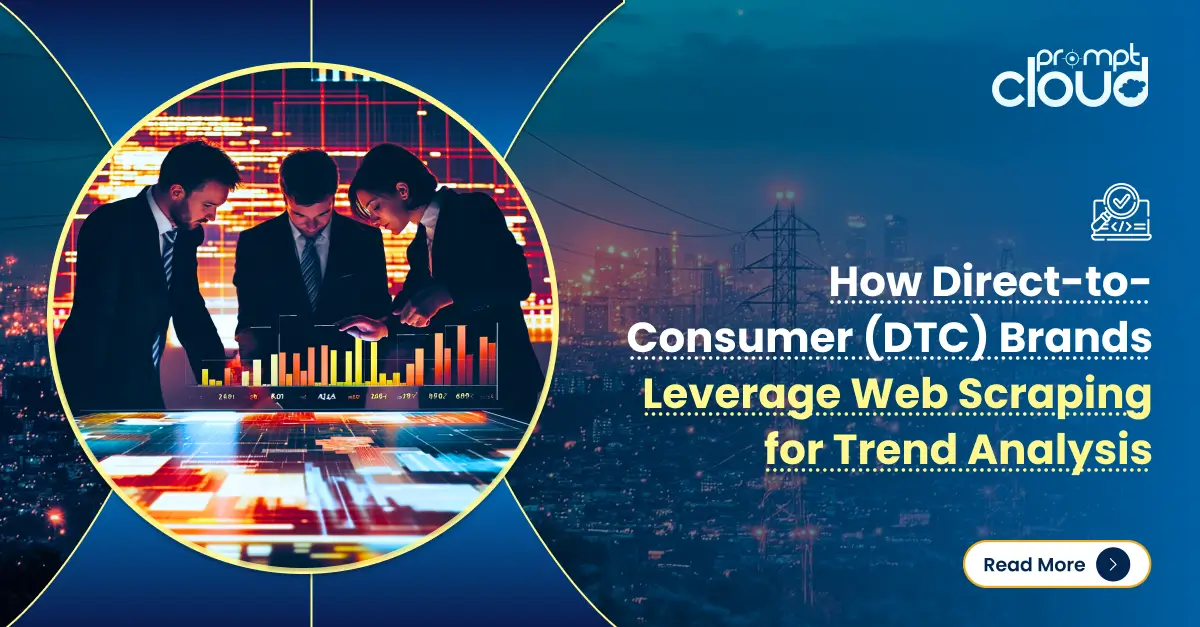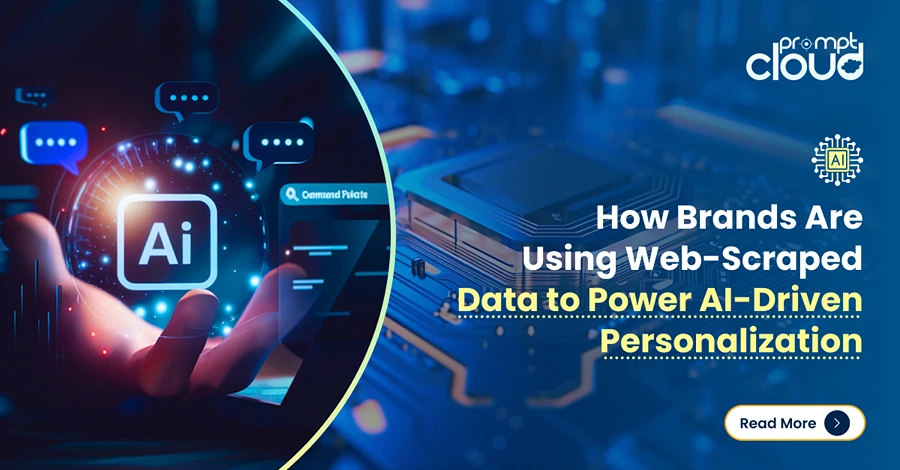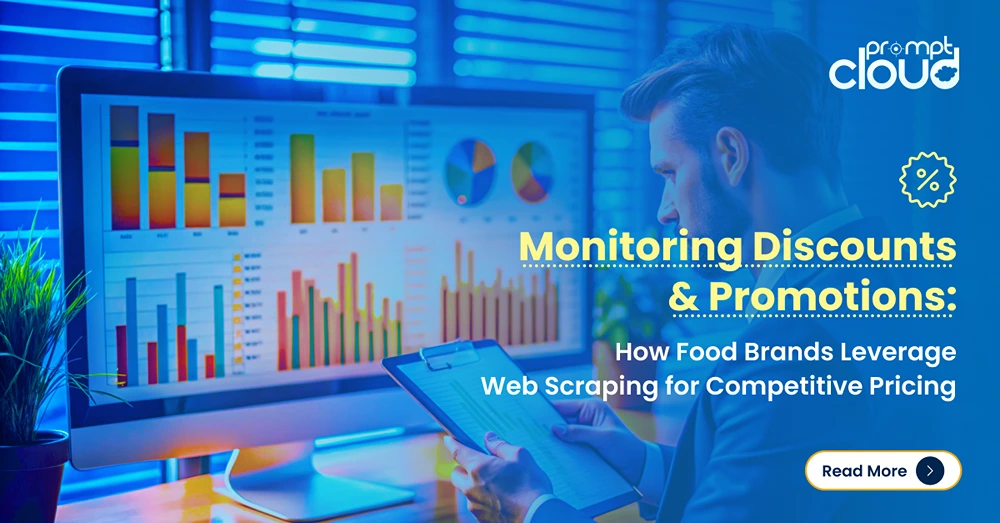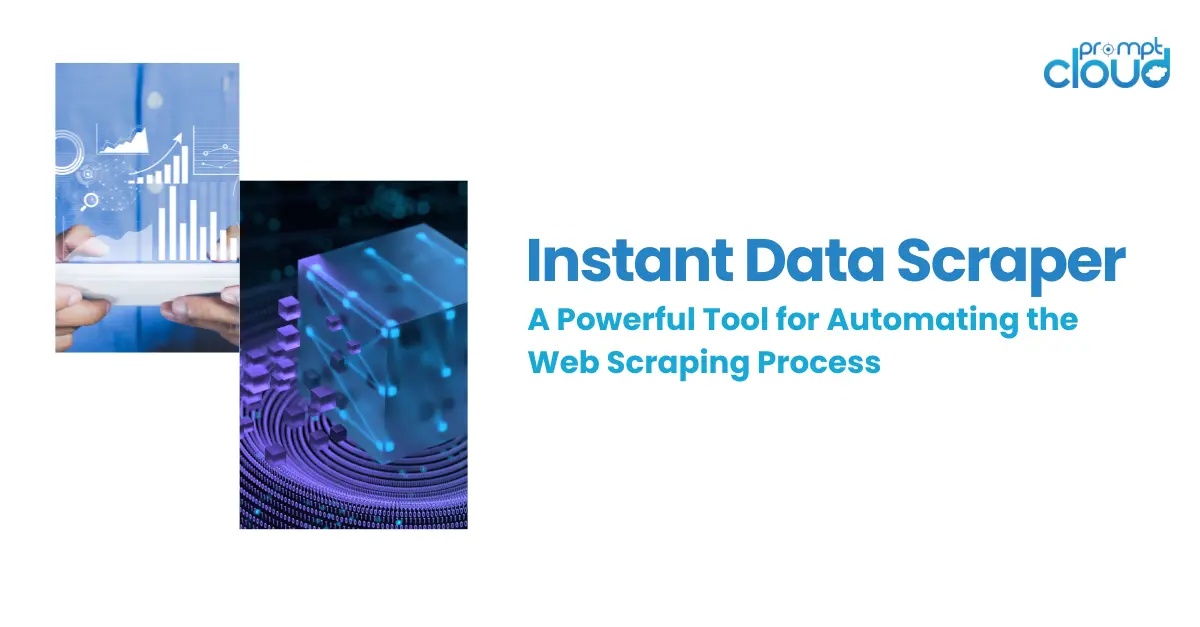
Natasha Gomes
- November 29, 2022
- Web Scraping
Types of APIs
Web Scraping API
The Functionality of Web Scraping
Data analytics has become a huge part of how organizations are run. Rightly so, because data is growing exponentially with the world going digital and with a high surge in data consumption across the world. Web scraping is by far the most sophisticated way to get structured data. Either you can be familiar with big data analytics or work with one of the best web scraping providers like PromptCloud.
There are all kinds of data on the internet like images, product info, and customer reviews from Yelp or Tripadvisor; that can be used for market research. You might be interested to know Google regularly uses data analytics to index its content and for marketing purposes. Web scraping runs on three core principles. First, it makes an HTTP request to the server, extracts data by parsing the code, and it saves the relevant data on the cloud or locally.
The Role of an Analyst in Web Scraping
Now, we understand what web scraping does, but how does it function? How exactly does an analyst help to put things in perspective and give direction for bots to do their thing? An analyst provides the URLs for scraping by shortlisting the websites first. Then pushes a code to the scraper that identifies elements to be scraped on the front end. An analyst can also identify the source of data located in the backend of the website by using relevant nest tags. Once the nest tags are identified, with the help of Python libraries, the analyst specifies the data types like title or rating, to parse and save. A data analyst also keeps a check on if the target data is refined or not, if the terms of services are met, if the data protection protocols have been followed, or if the website is at risk of crashing. An analyst is always mindful of these considerations, and hence web scraping is easily one of the best ways to get structured data.
Conclusion
In simple terms, web scraping is extracting data from a website using data analysis software. API provides direct access to the data of an application. As a result, API can get a bit expensive. However, the primary goal for both is to access web data. But the approach taken in the modern era is companies preferring web scraping and API to extract data. But in most cases, a specialized web scraping company steps up to handle all your data scraping needs.
Frequently Asked Questions (FAQs)
Is API better than web scraping?
Whether an API or web scraping is better depends on the specific requirements and context. APIs are typically the preferred method when available, as they are provided by the website owners to give structured, reliable access to their data. APIs are generally more stable, efficient, and legally safer. However, not all websites offer APIs, and in such cases, web scraping might be the only option to extract data. Web scraping can be more flexible but requires handling various complexities and legal considerations. In summary, use an API when available and resort to web scraping as an alternative when necessary.
Can you scrape an API?
“Scraping an API” isn’t the usual terminology used, as API (Application Programming Interface) access is typically a structured way to retrieve data from a system. When you access data through an API, you’re making requests to predefined endpoints that return data in a structured format, usually in response to specific queries. This process is more about consuming data in a controlled and legal manner, as opposed to scraping, which often involves extracting data from web pages. In essence, using an API is a more direct and authorized method of data retrieval.
Is API scraping legal?
The legality of “API scraping,” or using an API to extract data, generally depends on the terms of use provided by the API. Unlike traditional web scraping, API use is typically authorized by the data provider, and they set the rules for how their API can be used. It’s legal as long as you adhere to these terms and conditions, which may include restrictions on the amount of data you can retrieve, how frequently you can make requests, and how you can use the data. It’s important to review and comply with the API’s usage policy to ensure legal and ethical data access.
Is it Webscraping or web scraping?
The term “web scraping” is the correct and more commonly used form. It refers to the process of automatically extracting data from websites. The term is usually written as two separate words, not combined into one.
Sharing is caring!




















